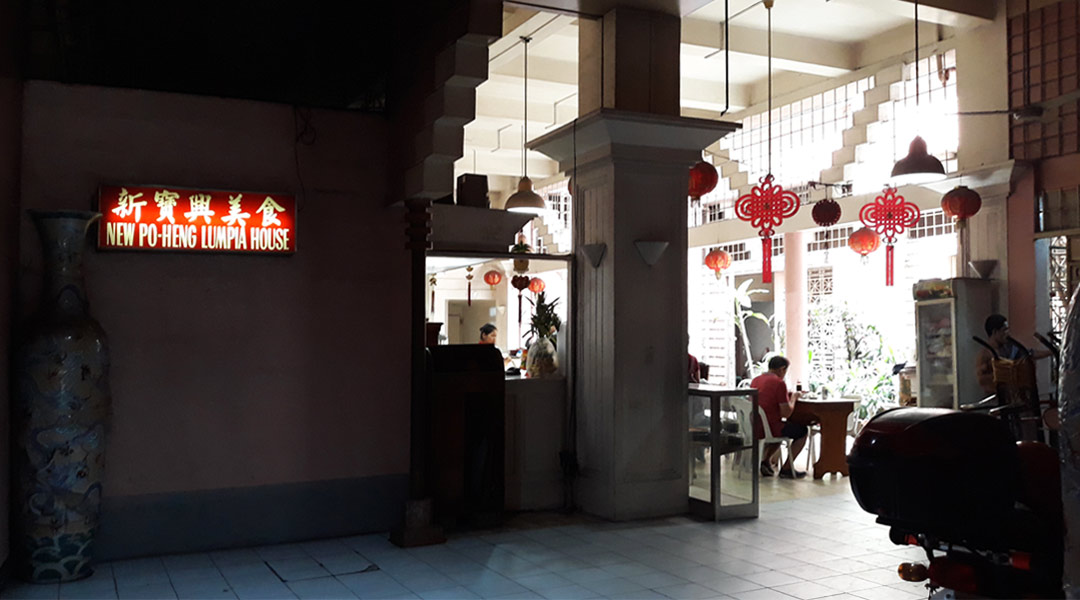
This Binondo lumpia shop shows us that small businesses are Manila’s heritage too
Last week, BluPrint braved the Manila traffic to Binondo—the world’s oldest Chinatown—to visit New Po-Heng. The family-run eatery has been serving what many locals consider the best lumpia or fresh spring rolls for almost twenty years now (their Facebook page notes they opened in 2001).
Our urgency was promoted by news that the business’ doors will close by the end of the year. We arrived just before lunch break and queued at the counter where the lumpia was assembled and fried staples sat in golden sheen in their aluminum trays. More people flooded the place as we stood in line and there was chatter about how they should now frequent the place before it disappears.
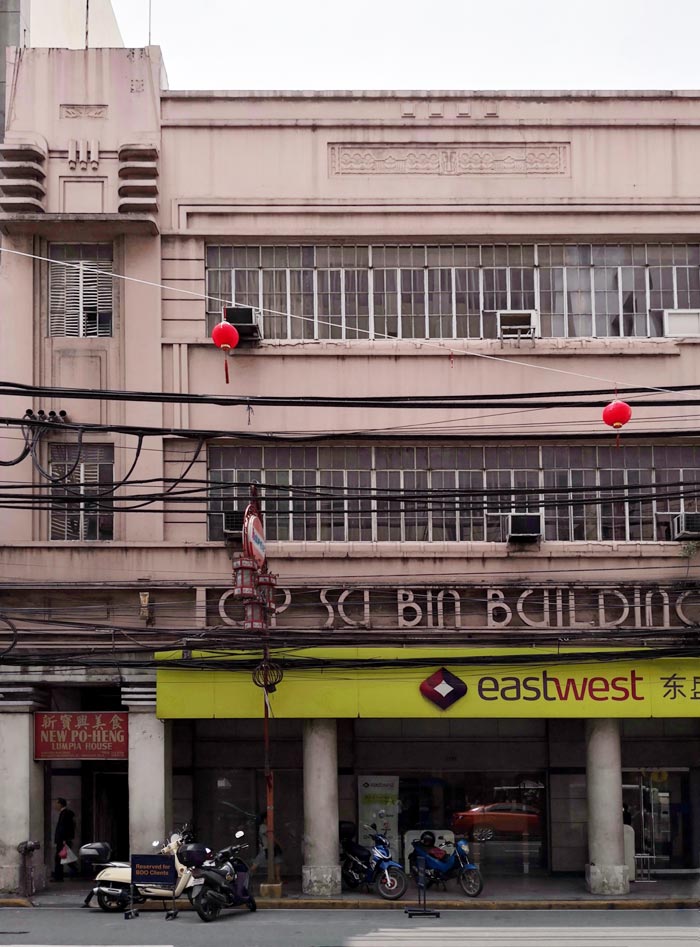
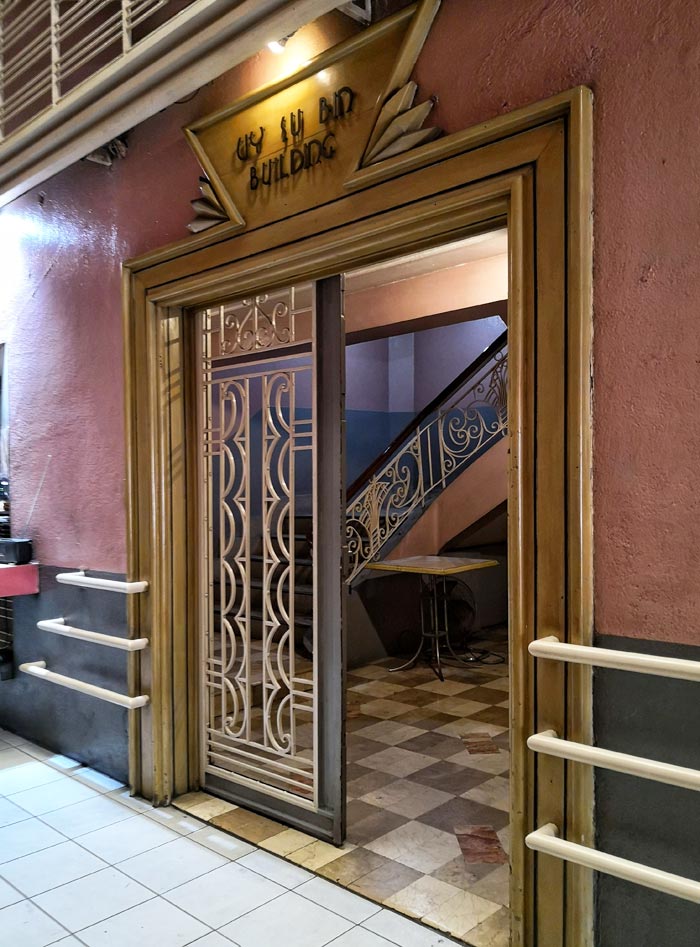
Vince Africa, a resident creative of nearby Escolta, documented his September visit to the restaurant in an Instagram post. He inquired whether there were still apartments for rent. To which they replied: “Sorry, sir, isasara na po kasi yung building by December. Baka po gibain na para sa bagong building.” (Sorry, sir, the building will be closed by December. They might demolish it for a new one.)
READ MORE: Escolta Block Parties are more than one-night affairs
New Po-Heng is located by the courtyard of the Uysubin Building along Quintin Paredes Street, just a stone’s throw away from Binondo Church. Not much has been said about the provenance of the building, who the architect was, or the year it was completed.
However, the structure—geometric decoration, signage in rounded type, elaborate wrought iron grilles—reflects strong roots in the Art Deco movement of the 1920s to 1930s. Another detail I noticed was the similarity of the starburst grilles in the courtyard to the ones screening the counters at the Manila Central Post Office, designed by Juan Arellano and Thomas Mapua in 1926.
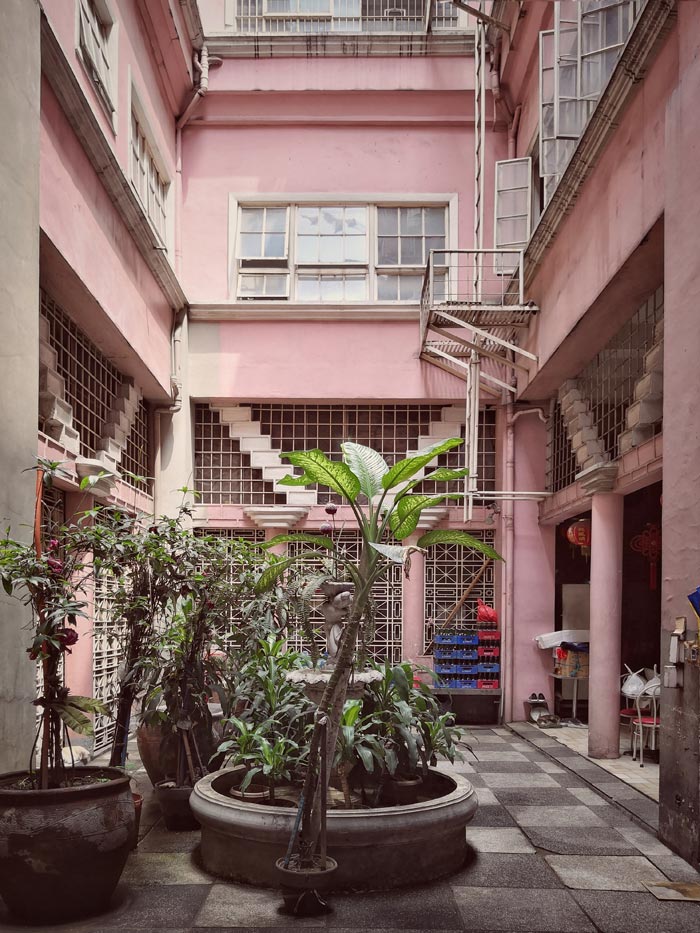
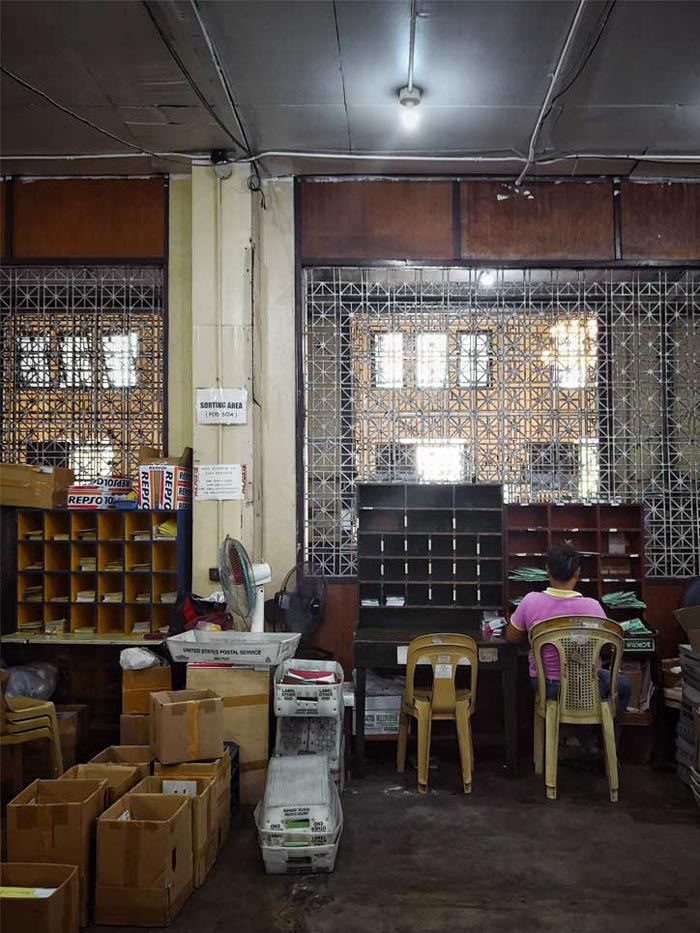
Attempting to keep the beloved business running, the Robert and Lorraine Sylianteng, landlords of the First United Building in Escolta, have already approached New Po-Heng’s owner to offer him a a new space. Their daughter Nikki captured the moment and shared it on Facebook. It is still not confirmed whether Binondo’s lumpia shop will indeed be moving to the neighboring district.
The closing New Po-Heng is not a rarity. In Main Streets and Chinatowns all over the world, small independent shops are shutting down due to hikes in rent and loss of patronage, which are the effects of rapid development and gentrification. Why should we care? It’s just small business, a blip in our overall economic portfolio. The moms and pops ought to know that Darwin’s claim applies even to them: survival of the fittest, right?
What the Syliantengs have done and continue to do run counter-intuitive to the usual negosyante instincts, but they are not alone in their crusade. There are cities protecting their local retailers by creating legacy business registries and giving those listed special provisions like grants and assurance of lower rental rates.
A stalwart of this movement is San Francisco, which established their Legacy Business Registry & Legacy Business Preservation Fund in 2015. The key requirement for their applicants is they must agree to maintain the historic name and craft of their businesses. Imagine if similar legislation is implemented in our heritage districts, or better yet: zoning ordinances created to support the start-up, growth, and longevity of local entrepreneurs.
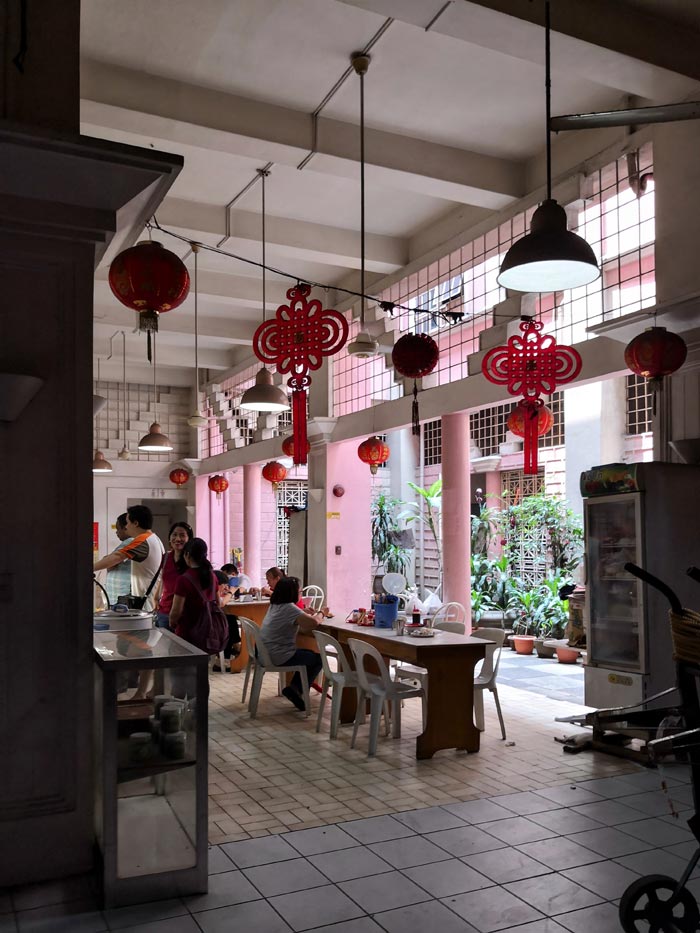
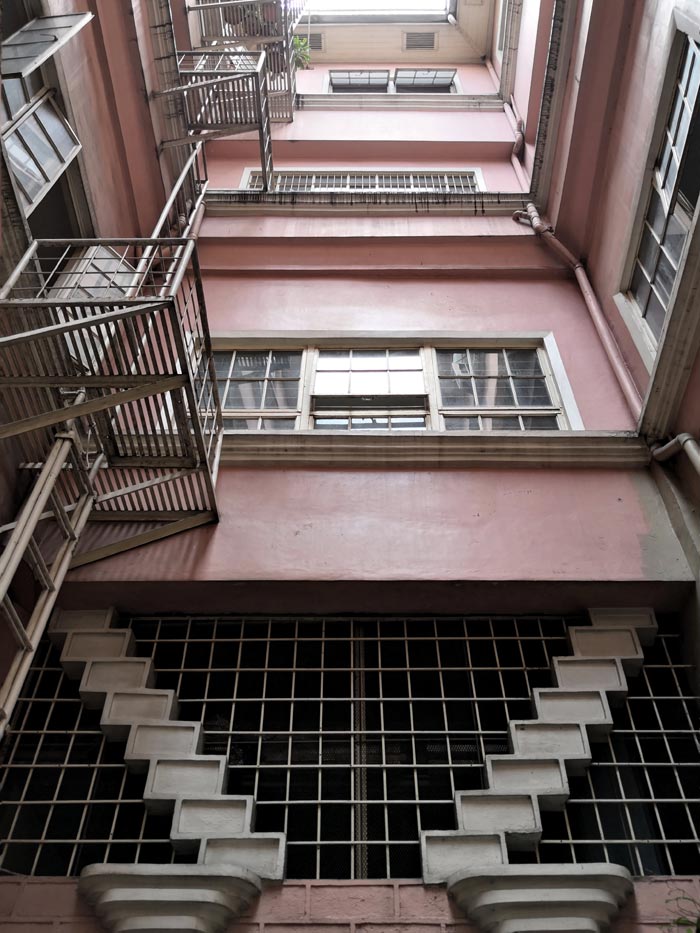
The Institute for Local Self-Reliance (ILSR) has stated in a 2016 report on Affordable Space:
“When once-thriving blocks become colonized by generic national brands, local business owners lose. But so do cities and the people who live in them. The businesses on the front lines of rising rents are the grocers and hardware stores, the neighborhood-serving businesses selling everyday goods with little padding on their margins. When these businesses get displaced, residents lose the ability to walk to the store for their shopping, to bump into neighbors, and to chat with the business owners, who often attend to a variety of community needs that go well beyond making sales…
Locally owned businesses also sustain much of the social fabric of neighborhoods, and recent research has found a strong relationship between their prevalence and community well-being, including higher income growth and lower poverty rates, as well as increased levels of civic engagement. And for cities looking to increase jobs, fostering a built environment that’s small in scale and hospitable to local enterprises has been shown to support stronger levels of positive economic, social, and cultural activity across metrics from number of jobs per square foot to diversity of residents.”
Keeping the authenticity of our cities goes beyond conserving our heritage structures. The people who have sustained our community through food and ware, and contributed to the uniqueness of our neighborhoods matter just as much. Usually, it’s that little shop in the corner that makes Binondo, well, Binondo. Let’s hope that New Po-Heng is not rolling up for good. ![]()
Photographed by Patrick Kasingsing


